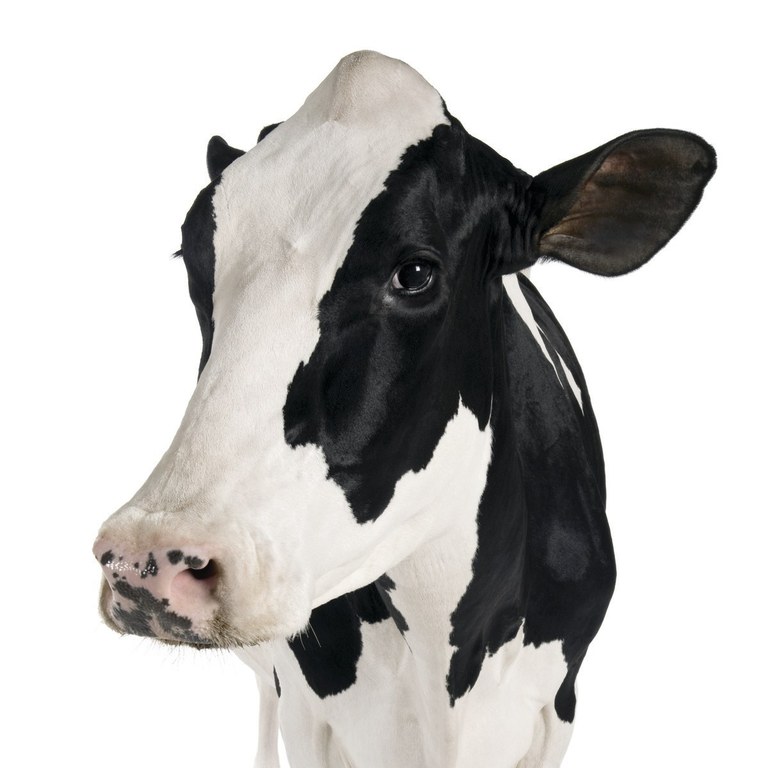Posted: October 4, 2019
Seaweed-Eating Cows?
Supplementing cattle feed with seaweed could result in a significant reduction in methane belched by livestock, according to Penn State researchers, even if the practice may not be a viable option globally to combat climate change. Asparagopsis taxiformis--a red seaweed that grows in the tropics--in short-term studies in lactating dairy cows decreased methane emission by 80 percent and had no effect on feed intake or milk yield, when fed at up to 0.5 percent of feed dry-matter intake.
Unfortunately, if a seaweed feed supplement were to be a viable option globally, the scale of production would have to be immense, said Alexander Hristov, Distinguished Professor of Dairy Nutrition. With nearly 1.5 billion head of cattle in the world, harvesting enough wild seaweed to add to their feed would be impossible, he said. Even to provide it as a supplement to most of the United States' 94 million cattle is unrealistic.
"To be used as a feed additive on a large scale, the seaweed would have to be cultivated in aquaculture operations," he said. "Harvesting wild seaweed is not an option because soon we would deplete the oceans and cause an ecological problem."
Still, the capability of Asparagopsis taxiformis to mitigate enteric methane as a feed supplement demands attention, said graduate student Hannah Stefenoni, who presented the research at the American Dairy Science Association annual meeting in Cincinnati, Ohio, on June 23. --Jeff Mulhollem
Inner Balance
It's what's on the inside that counts. The amount and composition of milk produced by dairy cows appear to be regulated more by internal, annual biological rhythms than by environmental factors such as heat and humidity, according to researchers in the college. The findings, are important because they can better inform producers of what to expect from their cows, said Kevin Harvatine, associate professor of nutritional physiology.
The team analyzed national milk composition information from 2000 through 2015, obtained from the Agricultural Marketing Service of the U.S. Department of Agriculture, and records collected from 1,684 cows in 11 Pennsylvania dairy herds from 2002 to 2011.
In general, peak yield, fat concentration, and protein concentration occurred in winter months, when days were shorter, whereas these measures were lowest in summer months, when days were longer.
"On average," said Isaac Salfer, doctoral student in animal science, "milk yield peaked in April; fat and protein yield peaked in February; fat concentration peaked in January; and protein concentration peaked in December."
--Jeff Mulhollem
Features
Breaking the Silence on Farm Stress
Farming has always been a demanding profession, but today's farmers face unprecedented pressures that can severely impact their mental health.
Biting Back
Research Targets Vector-Borne Diseases to Save Lives
Leading Forward
Ott brings deep connection to role of dean.



